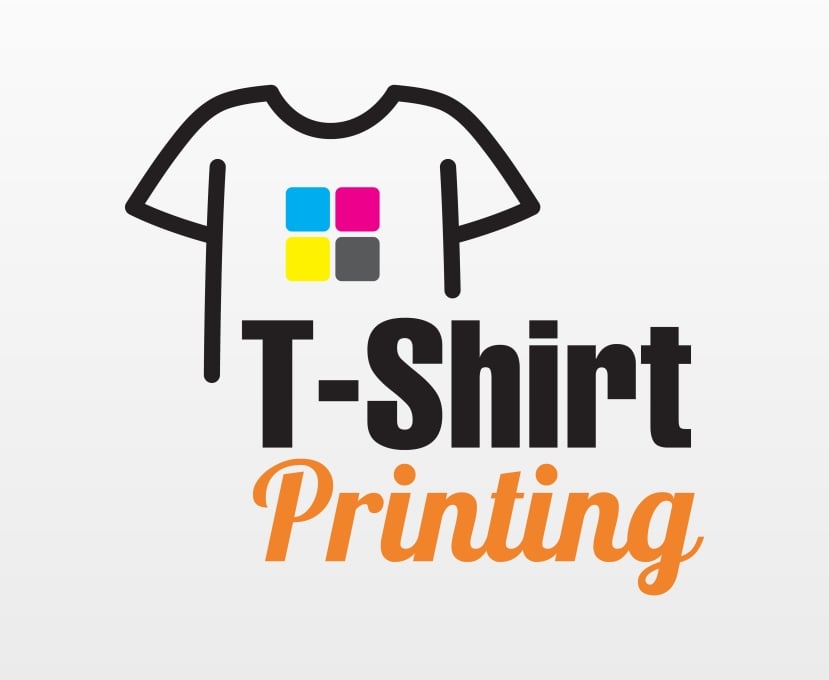T-shirt printing is not just about adorning a piece of fabric it is a blend of artistry and technology that has evolved over the years. From custom styles to mass production, T-shirt printing has come to be a booming sector, reflecting individual expression and brand identity. In this short article, we’ll discover the fascinating planet of T-shirt printing, from its history to the modern strategies made use of today.
The History of T-shirt Printing
T-shirt printing has its roots in ancient art types like screen printing, which dates back to ancient China and Japan. On the other hand, it wasn’t until the 20th century that T-shirt printing as we know it started to take shape. It gained recognition through Globe War II when American soldiers began wearing them as undershirts. Quickly immediately after, T-shirts made their way into civilian style, and with that came the rise of T-shirt printing.
Conventional Tactics

Screen Printing: This is a single of the oldest and most frequent T-shirt printing techniques. luminous printing requires creating a stencil (screen) for every colour in the design. Ink is then pushed through the screen onto the fabric. Every color requires a separate screen, producing it perfect for easy designs with a limited colour palette.
Heat Transfer: Heat transfer printing involves working with heat to transfer an image from paper to the fabric. This method is well known for custom and one particular-off designs. It is uncomplicated and cost-effective but may not generate as tough prints as screen printing.
Direct-to-Garment (DTG) Printing: DTG printing is a comparatively new strategy that’s comparable to printing on paper. A specialized printer sprays ink straight onto the fabric, enabling for intricate and colorful styles. It really is terrific for compact orders and detailed artwork but can be costly for massive quantities.
Vinyl Printing: Vinyl printing requires cutting styles out of colored vinyl sheets and then heat pressing them onto the T-shirt. It really is usually used for creating sports jerseys and customized designs with bold colors.
Dye Sublimation: Dye sublimation involves transferring dye into the fabric’s fibers applying heat and stress. This results in vibrant, all-over prints that will not crack or fade. It’s usually employed for sportswear and polyester garments.
Modern day Advancements
The T-shirt printing industry has noticed substantial advancements in current years:
Eco-Friendly Inks: Several printers now use eco-friendly water-primarily based inks alternatively of classic plastisol inks, decreasing their environmental impact.
Digital Printing: Higher-speed digital printers have revolutionized the market, creating it a lot easier to create custom and smaller-batch orders price-correctly.
On-Demand Printing: With the rise of e-commerce, on-demand printing solutions have turn out to be popular. Buyers can order custom-created T-shirts on-line, which are then printed and shipped straight to them.
Augmented Reality (AR) Printing: Some firms now present AR experiences exactly where customers can use their smartphones to visualize how a design will appear on a T-shirt just before ordering.
Conclusion
T-shirt printing is a dynamic market that has come a extended way from its humble beginnings. It really is a marriage of art and technologies, allowing people and organizations to express themselves and convey messages by way of clothing. With a variety of tactics and innovations, the possibilities for T-shirt printing are practically endless. No matter if you happen to be hunting for a one of a kind wardrobe addition or a way to promote your brand, T-shirt printing delivers a canvas for creativity and self-expression that continues to evolve with the times.
